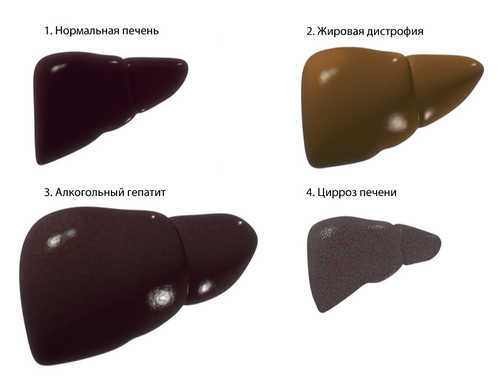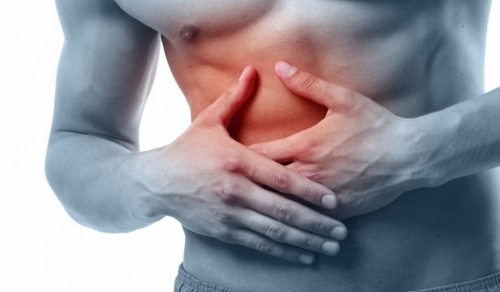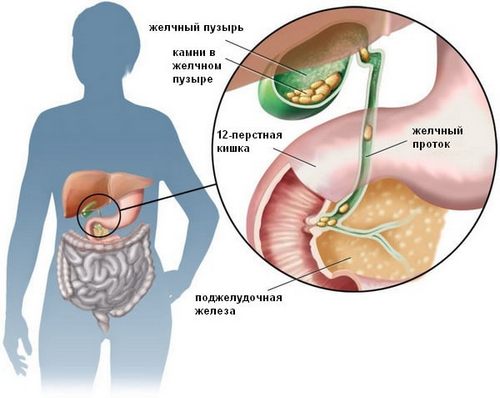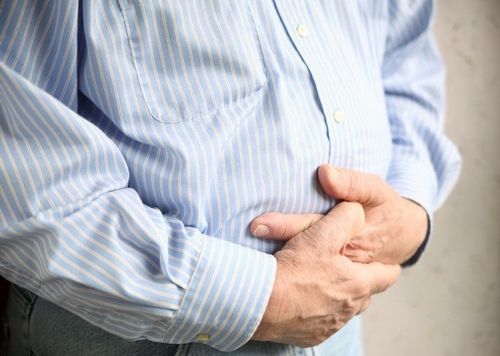Toxic hepatitis is a liver disease that develops as a result of exposure of the patient amount of toxic substances. As a result of exposure to toxic substances occurs inflammation of liver cells, i.e. hepatocytes, as well as their death.
In medical practice of this disease has a code ICD 10 K70 and K71. In fact, the liver is a true natural laboratory for separating blood, which becomes saturated in the gut of various substances from the blood circulating in other organs of the body.
The liver performs over 400 different functions, including processes and substances coming into the blood from the intestine, producing essential body compounds. The liver cells are able to differentiate a huge range of various poisons and toxic substances and neutralize them. Treatment of toxic hepatitis requires a comprehensive approach to restore liver function.
What is toxic hepatitis?
Causes of hepatitis the toxic nature quite diverse. It should be noted that in most cases such a condition usually associated with the arrival of a large number of toxic substances that the liver is simply unable to cope. Toxic substances that enter the liver, are not able in this case to be quickly split and removed, leading to the development of inflammation and necrosis of hepatocytes.

To trigger the development of the disease may getting into the bloodstream:
- metabolic products of bacteria and viruses during infections.
- toxins of fungi;
- the decay products of the food poisoning;
- decay products of alcohol;
- the decay products of drugs;
- the decay products of drugs.
- toxins from poisonous plants
- pesticides;
- phenols;
- arsenic;
- aldehydes;
- phosphorus.
Such a defeat of the liver develops as a result of the impact on the liver cells of toxic substances. Depending on the duration of exposure of toxic substances on liver cells, the disease can occur in chronic and acute form. Acute toxic hepatitis was observed only in those cases where there is a single intake into the human body a large dose of toxic substances. Toxic substances that can cause hepatitis, can come either through the respiratory system, and gastrointestinal tract. In rare cases, the disease takes an acute form, can be triggered by the intake of harmful substances through the skin.
Chronic toxic hepatitis usually develops as a result of systematic admission of poisonous substances. And in some cases it is enough to small doses of toxic compounds.
Most often chronic form of toxic hepatitis occurs in people who suffer from alcohol dependence. Alcoholic hepatitis usually occurs only in people who abused alcohol for more than 2 years.
Symptomatic manifestations of toxic hepatitis
In some cases, toxic hepatitis may occur with minimal symptoms and almost imperceptibly for the patient. Under this option, the current person may not even be aware he had liver problems. In this case, after removal from the body of all toxic substances the liver is normal even without medication.

In severe course of acute toxic hepatitis may manifest such symptoms as:
- pain in the right hypochondrium;
- discolored feces;
- yellowness of the sclera of the eye;
- darkening of urine;
- vomiting;
- fever;
- disorders in the nervous system;
- microchromosome in the skin;
- bleeding from the nose or gums;
- lack of appetite;
- nausea.
In chronic variant of development of symptomatic manifestations, as a rule, is increasing for a certain period, reaching its apogee in the period when large number of hepatocytes have been killed and the body is no longer able to cope with entering the body of poison.

The symptoms of chronic form of the disease include:
- a slight increase in body temperature;
- bloating;
- bitter taste in the mouth;
- fatigue;
- diarrhea;
- discomfort in the right upper quadrant;
- feeling of heaviness;
- itching in the skin.
In the chronic form of the disease is observed a significant increase in the liver. In this case, the analysis of blood may reveal increased content of phosphatase and bilirubin, and measured the levels of key enzymes ALT and AST. This requires more investigations are aimed at excluding other forms of the disease.
Unlike infectious forms, the toxic variant is not contagious, so patients with this disease are not dangerous to others.
Therapies
The symptoms and treatment of toxic hepatitis are interrelated. Proper treatment allows to achieve not only to stabilize the patient’s condition, but also to fully restore liver function. When the patient takes place toxic hepatitis, the treatment first requires the elimination of the remaining toxic substances from the body. In the framework of first aid is often required gastric lavage or flushing toxic substances from the skin, if there is a poisoning through the skin.
For the removal of toxic substances and the body requires the use of activated angle and a dropper with a solution of electrolytes. In addition, often the important point is holding on plasmapheresis and hemosorbtion. In the case of poisoning of the human organism-specific poisons, it is necessary to use an antidote.
In addition, the person with the disease requires:
- medications;
- vitamins b and C;
- choleretic drugs.
To effectively treat toxic hepatitis, the patient is necessary to create optimal conditions. If toxic hepatitis in children or adults, should be arranged for patients strict bed rest. Diet toxic hepatitis should consist of foods that are beneficial to the liver.
In the diet of the patient should include:
- milk;
- boiled chicken;
- bran;
- boiled veal;
- lean fish varieties;
- low-fat cottage cheese;
- vegetables;
- fruit.
Despite the fact that diet toxic hepatitis is quite hard and completely excludes all foods high in fat and substances that affect the liver, the diet should be complete. To eat, the patient should be at least 5-6 times a day but small portions.



